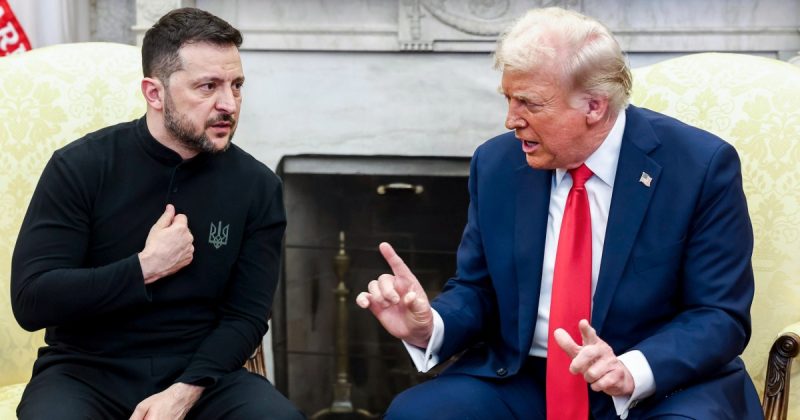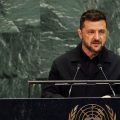
President Donald Trump’s recent diplomatic efforts regarding the Ukraine conflict have reached a critical juncture. Just days after a summit with Vladimir Putin in Alaska yielded no ceasefire agreement, President Volodymyr Zelenskyy is set to meet with Trump at the White House, accompanied by a contingent of European leaders including Ursula von der Leyen, Mark Rutte, Keir Starmer, Friedrich Merz, Emmanuel Macron, and Giorgia Meloni. This high-stakes meeting comes amidst Trump’s intensified push to end the war, a conflict he repeatedly claims wouldn’t have happened under his presidency.
Trump’s strategy appears to be shifting from a ceasefire to a comprehensive peace agreement, a move he’s publicly championed on Truth Social. He’s seemingly placed the onus on Zelenskyy to end the war, suggesting Ukraine should cede Crimea and abandon its NATO aspirations—key demands from Putin. This stance, however, is not universally supported within Trump’s own administration. Secretary of State Marco Rubio has clarified that a ceasefire remains a possibility, though Russia’s commitment to such a deal is uncertain. The conflicting signals from the Trump administration highlight the complexity of the situation and the significant challenges ahead.
Ukraine’s goals for the meeting include securing ironclad security guarantees, potentially mirroring NATO’s Article 5, and convincing Trump of the necessity of a temporary ceasefire to pave the way for substantive peace talks. European officials are also keen to participate in any final negotiations, with concerns raised about Trump’s previously suggested land swaps. Ukraine has firmly rejected any territorial concessions, a stance echoed by Secretary Rubio, despite Trump’s seemingly contradictory social media activity.
The upcoming meeting holds immense significance, especially given the tense history between Trump and Zelenskyy. Their previous White House encounter ended in a highly publicized confrontation. Since then, they’ve met at the Vatican and the NATO summit. However, the shadow of Trump’s past false accusations against Zelenskyy and his false claims about the war’s origins continue to loom large. Trump’s meeting with Putin in Alaska, characterized by a lack of transparency and a controversial display of cordiality, further complicates the narrative and raises questions about the administration’s overall approach to resolving the conflict.
The stakes are incredibly high. The outcome of Monday’s meeting could significantly impact the future of the war in Ukraine, the relationship between the U.S. and its European allies, and the broader geopolitical landscape. The world watches with bated breath as Trump attempts to broker a peace deal, navigating the complex web of competing interests and deeply entrenched positions.









